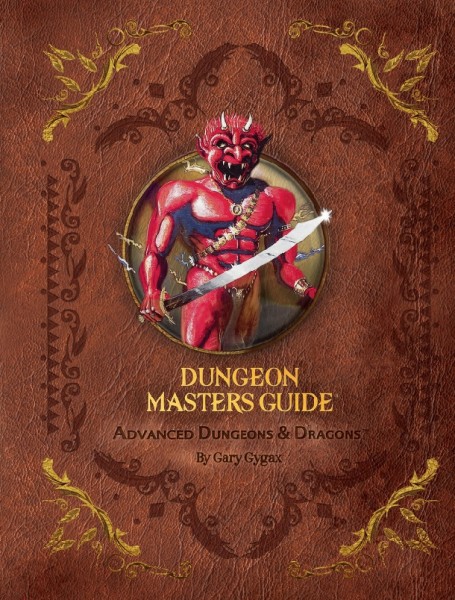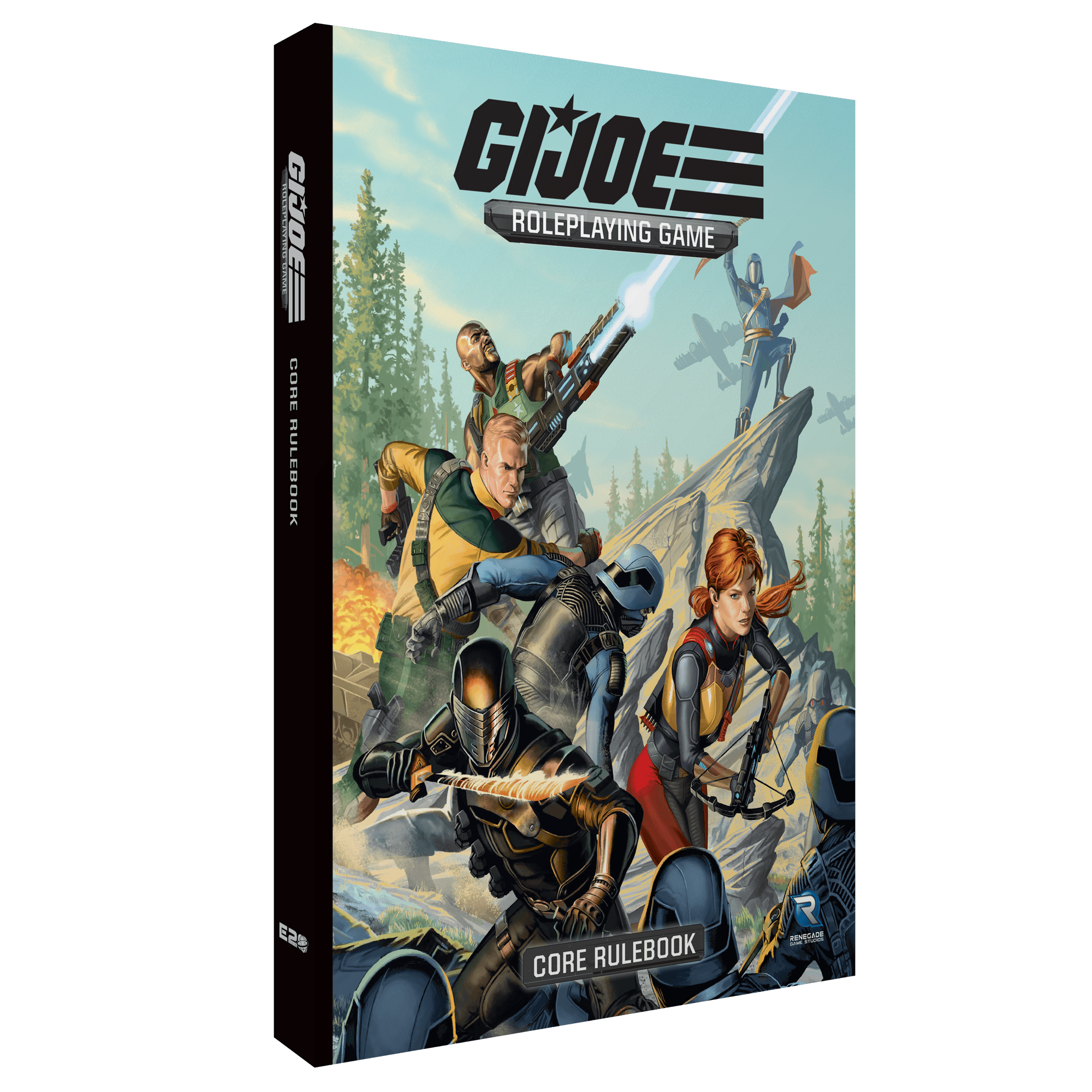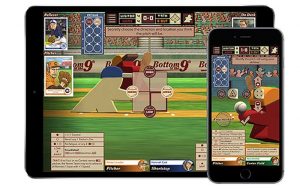1rst Edition Dungeon Masters Guide Comes To DnDClassics

And here we have it, the circle is complete.
The 1st Edition Dungeon Master’s Guide is Back! Dungeon Masters everywhere, rejoice! Too long have you had to suffer along with crucial charts and tables spread through many works. Too long have you had to use makeshift references trying to solve the problem. You now have a complete compilation of the most valuable material for your refereeing, the Dungeon Master’s Guide.
- Combat Matrices
- Encounter Tables
- Monster Attacks Alphabetically Listed
- Treasure and Magic Tables and Descriptions
- Gem Values by Type
- Random Wilderness Terrain Generation
- Random Dungeon Generation
- Suggestions on Game Mastering
- And a Whole Lot More!
Head over to DNDCLASSICS to pick this up for 9.99
Here are some did you know facts about the 1rst Ed Dungeon Masters Guide
Dungeon Masters Guide (1979), by Gary Gygax, was the second book of rules for the AD&D game. It was published in August 1979.
About the Cover. The iconic cover to the Dungeon Masters Guide shows adventurers fighting an efreet; it’s only when you look at the back cover that you realize the battle is being fought on the elemental plane of fire, in the City of Brass. Players wanting more information on this legendary locale would need to wait a few decades for the release of ALQ4: Secrets of the Lamp (1993) — unless they were able to play in Rob Kuntz’s tournament adventure in the last ’80s.
This cover was later replaced with a Jeff Easley illustration of a dangerous-looking dungeon master.
About the Other Illustrations. The interior artwork in Dungeon Masters Guide is by David C. Sutherland III, Dave Trampier, Darlene Pekul, Will McLean, David S. La Force, and Erol Otus. It includes a few pieces that would surprise modern players, including some partial nudes and some cartoons — both of which were common in the early D&D releases. The most famous illustration in the book is probably Trampier’s beautifully executed full-page illustration of “Emirikol the Chaotic” riding through town. A number of the cartoons are quite memorable too, such as the picture of the +2 backscratcher and the image of a fighter cringing from a rust monster.
Many Printings. All of the original AD&D books were reprinted extensively in the ’80s, and even into the ’90s. TSR records 14 official printings of the original Dungeon Masters Guide, but the Acaeum web site notes more, in part because variant versions were sometimes hand-assembled at TSR.
The first printing (1979) of the Dungeon Masters Guide had a big problem: half a signature was printed with pages from the Monster Manual instead of the Dungeon Masters Guide! TSR was forced to recall the book, which made the long-awaited finale to AD&D rare even after its publication!
The sixth printing (1979) — published just four months later, in December — brought the first large-scale change to the book. It incorporated extensive errata from Dragon #35 (March 1980) and even added two appendices: O — Encumbrance of Standard Items and P — Creating a Party on the Spur of the Moment. This and all later printings were labeled as a “Revised Edition”.
The eighth printing (1983) was the one that replaced the cover, as part of a general upgrade to TSR’s new trade dress; the new books all featured Jeff Easley covers and an orange spine.
As with the other classic AD&D books, nostalgic editions were later published by Twenty First Century Games (1999) and Wizards of the Coast (2012).
Many Appendices. One of the most impressive parts of the Dungeon Masters Guide is its set of appendices. There are sixteen total, though the last two were only added with the fourth printing of the book. Some of the appendices were apparently heavily influenced by Bob Bledsaw of Judges Guild, who’d already produced notable GM aids like Ready Ref Sheets (1977, 1978) and who then sent Gygax hundreds of pages of material from his own campaign.
A few of the appendices are worth additional comment:
- Appendix A is a random dungeon generation table which allows for solo AD&D play in an infinite dungeon.
- Appendix C contains encounter tables for monsters and includes AD&D’s most infamous subtable: the Random Harlot table.
- Appendix E lists all the AD&D monsters’ stats, including their experience point values, which had been missing from the Monster Manual.
- Appendix N, the “inspirational and educational reading” list, is the most famous of the appendices. It shows the breadth of AD&D’s influences, from heroic fantasy (Tolkien) to historic fantasy (Anderson) to swords & sorcery (Howard, Leiber, Moorcock) to science fantasy (Burroughs, Farmer, Lanier). Of course, some of these sources have since gone out of favor. Gygax would infamously claim in Dragon #95 (March 1985) that Tolkien wasn’t actually an influence on D&D, while science fantasy would disappear from mainstream D&D in the ’80s.




My all time favorite D&D book